When it comes to selecting a shed for your backyard or garden, one of the first questions that pops into your mind might be “how much does a shed weigh?”. This is an important consideration when deciding on the size and weight of new sheds for storage, workshops, or any other purpose. With so many different types and sizes available today, it can be overwhelming to try and understand what factors influence how heavy each type will be. In this blog post, we’ll tackle this question head-on by looking at various materials used in construction and breaking down what influences the overall weight of sheds. We’ll also touch on some helpful tips to help ensure you get the right sized shed for all your needs while keeping portability in mind. Read on to find out exactly how much different styles of sheds can weigh!
Why Do You Need to Know the Weight of the Shed?
It is important to know the weight of your shed for various reasons. First, if you are planning to move the shed, then knowing how much it weighs can help you arrange the appropriate transport vehicle and personnel.
Secondly, if the shed needs to be installed on a concrete pad or foundation, then knowing its weight can help determine what kind of reinforcement will be needed (if any).
Finally, understanding the total weight of your shed will also help when calculating wind load ratings because heavier sheds require more bracing than lighter models. All in all, keeping track of your shed’s weight is an important factor in ensuring that it remains safe and secure for years to come. [1]
How Much Does the Shed Kit Weigh?
Knowing the weight of your shed kit is crucial when planning to move it. If you are using a professional moving company, they will most likely need to know this information in order to calculate the cost of their services. The weight of a shed kit can vary depending on its size and materials used for construction. Most metal shed kits weigh between 50-100 pounds, while wooden sheds can range from 200-300 pounds or more. To obtain an exact estimate, it’s recommended to reach out to the manufacturer and request the precise weight of the product.
Knowing how much your shed weighs can help you plan accordingly so that you can safely transport it from one location to another without any issues.

How Much Does A Wooden Shed Weigh?
The weight of a wooden shed depends on the size and materials used. Generally, the average shed will weigh between 1000 to 3000 pounds. Larger sheds can weigh even more, especially if they are made from heavier wood like cedar or redwood.
Ultimately, understanding how much a shed weighs can help you make the most informed decision when deciding if it is feasible to move your shed on your own. It is also important to take into account any additional materials that may be included in the shed such as shelving, tools, and other items which will add extra weight on top of its base weight. Considering all of these factors will help ensure that your shed arrives safely at its new location.
How Much Does a Metal Shed Weigh?
Metal sheds are a popular choice for homeowners who need additional storage space. Before buying a product, it’s essential to check its total weight capacity. While shed weights vary based on the size and materials used, metal sheds generally weigh between 500 and 2,000 pounds. This means that they should be placed on a flat and well-supported surface capable of bearing their considerable weight. It’s also important to note that if you plan on adding heavy items or objects to your shed, you should consider hiring professional movers to install it properly.
Additionally, be sure to check with local building codes before installing any type of structure in your backyard! [2]
How Much Does a Plastic Shed Weigh?
The weight of a plastic shed can differ depending on its size, type, and materials used to make it. Most plastic sheds will weigh between 25-90 pounds, with larger or more complex sheds weighing closer to 90 pounds. The lighter end of this scale is reached by smaller plastic sheds which may only be designed for basic storage purposes, while heavier plastic sheds come in larger sizes and might feature additional features such as built-in shelves or cabinets. It’s also important to consider that some plastic sheds can have additional weight added to them due to the contents they are storing.
When determining how much your specific plastic shed weighs, it’s important to consider the size and type of shed, as well as any additional features or contents that might add weight. Ultimately, the best way to get an accurate measurement is to weigh it yourself with a reliable scale. This will ensure you know exactly how much your plastic shed weighs before making any decisions about transportation or installation.
How to Calculate the Weight of a DIY Shed?
Building a shed in your backyard can be an incredibly rewarding experience but it’s important to understand the weight of the shed before you begin construction. Knowing the weight of a shed helps you plan ahead for proper installation, to calculate foundations and slabs needed to support it, and also affects how much material must be used in its construction. Calculating the weight of a DIY shed is easy with some basic knowledge about the structure and materials being used.
First, consider the size of your shed and decide on which materials you will use. The most common materials include wood, metal, concrete blocks or panels, vinyl siding, shingles or other roofing materials. Each type has different weights associated with them so it’s important to factor this into your calculations. For example, a typical 10×10 shed constructed with wood may weigh between 1,000 and 2,000 pounds while one constructed with metal may weigh over 3,000 pounds.
Next, you should look at the framing of the structure and add up the weight of all components. This includes floor joists, wall studs, roofing and other support beams as well as doors and windows. All of these items will contribute to the overall weight of your shed so it’s important to include them in your calculations.
Finally, consider any additional features or items that will be part of your shed such as shelves or storage units. These will also add to the total weight so make sure they are included in your calculations.
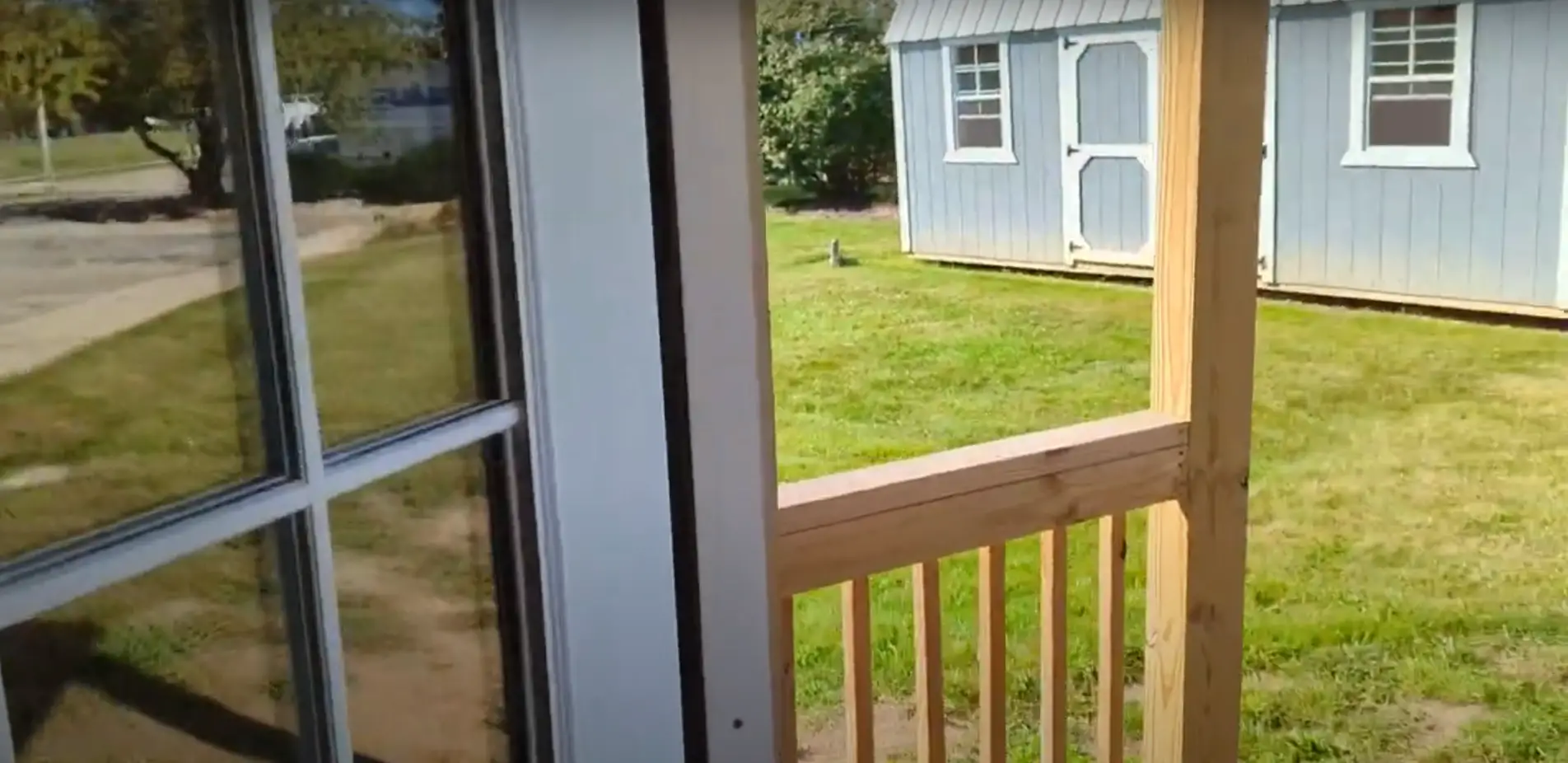
Once you have all the information, you can calculate the total weight of your shed. To do this, simply add up all the weights of each component and multiply it by the size of your shed (length x width). This will give you a rough estimate for how much your DIY shed weighs. With these calculations in hand, you can move forward with confidence knowing exactly how much weight to expect from your project! [3]
Common Factors That Affect Shed Weight
The weight of a shed can vary greatly depending on its size, construction materials, and other factors. Generally speaking, larger sheds will weigh more than smaller ones. Wood and metal are the two most common construction materials used for sheds and both have distinct weight characteristics. Wood is heavier but offers better insulation while metal is lighter but not as well insulated.
Other considerations may include climate conditions such as strong winds that could make a structure heavier if additional reinforcements need to be installed for extra structural support.
Ultimately, the total weight of your shed will depend on its size, construction materials, and any additional features or accessories you may have added. It’s best to work with professionals to determine the total weight of your shed before installation so that you can plan accordingly for any extra support needed. [4]
Cost of a Shed
The cost of a shed ranges depending on the size and materials used. Generally, the larger the shed, the higher the cost. Materials available for building a shed range from wood to metal or vinyl siding. The price can range from several hundred dollars to thousands of dollars, depending on these factors.
The cost of installation will also vary depending on where you buy it and what type of labor is involved in its construction. If you are planning on constructing your own shed, prices for materials may be cheaper than purchasing one already built. Additionally, some companies offer free delivery and setup when you purchase their sheds.
No matter which option you choose, a shed offers many benefits, including increased storage space, the ability to organize items outdoors, and more. Cost is an important factor when it comes to deciding what kind of shed to purchase or build, but ultimately your choice should be based on quality and lasting value.
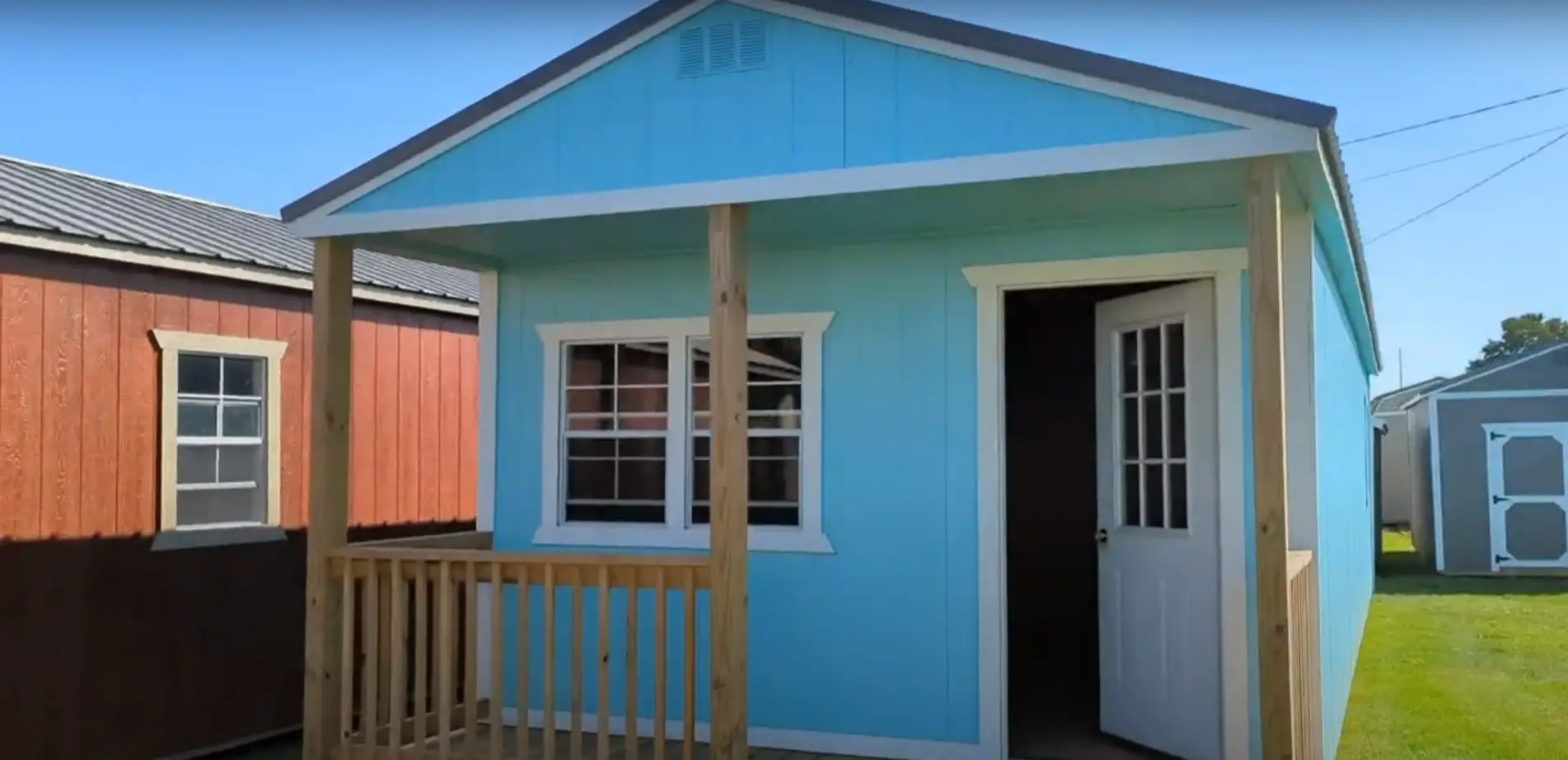
Benefits of a Shed
Having a shed is much more than just having an extra storage solution. Sheds provide many benefits to homeowners, including increasing the value of their property, creating additional living space, and providing reliable protection for valuable items.
A shed can increase the value of your property by adding an extra layer of security and privacy. Having a secure place to store items such as lawn mowers and gardening tools will not only keep them safe from theft or vandalism but also make them easier to access when needed. Additionally, if you plan on selling your home in the future, potential buyers may view having a shed as an attractive feature that increases its value.
Finally, having a shed allows you to protect valuable items from the elements. If your yard isn’t large enough to store expensive items such as a boat or motorcycle, then using a shed is an ideal solution. You can be sure that these items won’t get damaged by rain or sun exposure when kept in the secure environment of a shed.
In conclusion, sheds provide many advantages to homeowners beyond simply providing extra storage solutions. They increase the value of your property and create additional living space, while also protecting expensive items from the elements. Investing in a shed is a great way to make the most of your outdoor space and maximize its potential. [5]
How to Build a Shed: Simple Tips
Building a shed can seem like a daunting task, but it doesn’t have to be. With the right tools and some basic knowledge of carpentry, you can create your own storage solution in no time. Here are some tips for building your own shed:
- Choose the Right Location: Before you start building your shed, make sure you choose an area that is level and clear of any obstructions. Consider how much sun or shade your shed will get throughout the day, as this may affect what materials you need to use for construction.
- Gather Your Materials: Once you have chosen the perfect location, it’s time to gather your supplies. Make sure to purchase high-quality wood and nails if constructing a wooden shed, and make sure to use screws or bolts if you are using metal components.
- Create a Plan: Before you start building, come up with a plan that outlines all of the steps in the construction process. This will help keep your project on track and ensure that nothing is forgotten along the way.
- Construct the Floor: The floor is often one of the most important parts of any shed as it provides support for the entire structure. Take your time when constructing the floor to make sure it is sturdy and level before moving onto other steps in the construction process.
- Build Walls: After constructing the floor, walls are next on the list for completing your shed. You’ll want to use straight boards and secure them to the floor using nails or screws.
- Add a Roof: Adding a roof is an important step in creating a weatherproof shed that will stand up over time. You may want to hire a professional for this part of the project as it can be complicated depending on what type of roof you are constructing.
- Finish Up: Once your shed is constructed, you’ll need to finish up by adding siding and any other decorations you might like. This is also a great time to seal the structure with waterproofing products so that it lasts longer and stands up against all kinds of weather conditions.
Now that you know some tips for building a shed, you can start planning out your own project today!
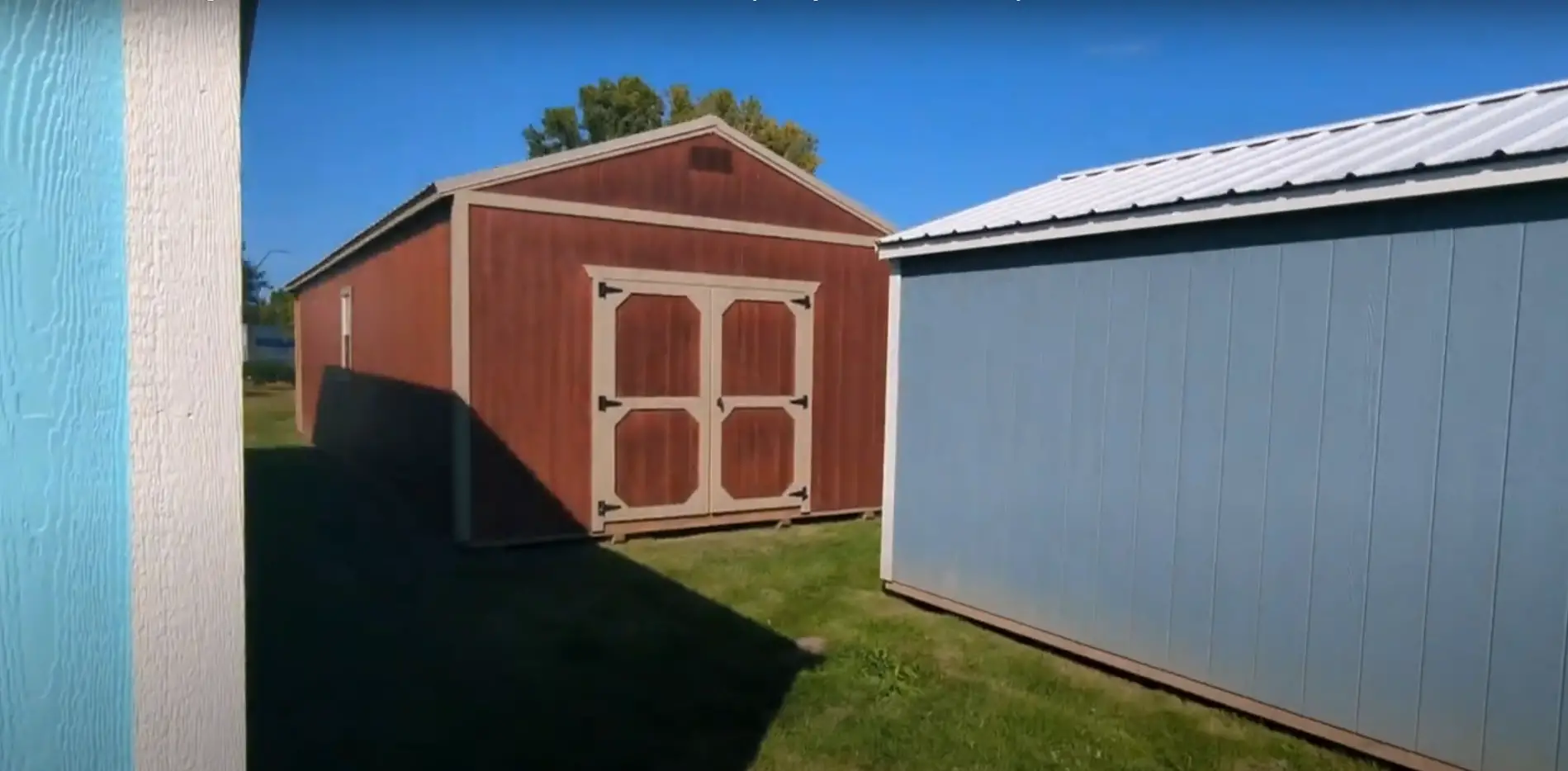
What Can You Fit in a 12×20 Shed?
A 12×20 shed is a great size for storage and can fit a variety of items. It is large enough to store lawn equipment, bicycles, garden tools, outdoor furniture, firewood, pool supplies and more. The interior of the shed can also be customized to fit any need with shelving or racks for easy organization. If you’re looking for a space to do woodworking projects or house hobby supplies, this shed has plenty of room! With some extra planning and insulation it could even become an additional living area at your home. No matter what your needs are, this versatile shed will fill them with ease. [6]
FAQ
How heavy is a 10×12 shed?
Depending on the material from which it is constructed, a 10×12 shed can weigh anywhere from 500 to 800 pounds. Wood sheds tend to be heavier than metal sheds of the same size. The added weight also depends on any additional features such as shelving and other items placed inside the shed. It is important to consider the amount of weight your foundation can handle when selecting a size and material for your shed.
What is the average shipping weight of an 8×10 shed?
The average shipping weight of an 8×10 shed typically ranges between 250 and 400 pounds, depending on its materials and design. Steel sheds tend to weigh less than wooden sheds of similar sizes, while vinyl and plastic sheds are usually somewhere in between these two materials. Some sheds may also come with extra features such as shelving and other items that can add to the overall weight of the shed. When ordering an 8×10 shed, it is important to consider the amount of weight your foundation is able to handle.
Can a 10×12 shed be moved?
Yes, a 10×12 shed can be moved, but it isn’t something that should be attempted without the help of at least two people. Depending on its material and design, a 10×12 shed typically weighs between 500 and 800 pounds—far too much for one person to try and move alone. It is also important to ensure that the ground underneath the shed is level so that it does not topple over while attempting to move it. If possible, it is recommended that you hire a professional moving company to move your shed for you.
What is the biggest shed you can move?
The size of the shed and its weight will depend on the material it is made from. For example, a wooden shed typically weighs more than one made from metal or plastic. It also depends on how large the shed is and what type of frame and roofing materials are used. Generally speaking, sheds can range in weight from as little as 40 pounds for a small plastic garden storage shed to over 1,000 pounds for larger wooden sheds with multiple stories. Be sure to weigh your shed before attempting to move it yourself — you may need help if it’s too heavy for you! You may also want to rent special equipment such as a flatbed trailer or truck to make moving the shed easier.
How do you lift a heavy shed?
If the shed is too heavy to move on your own, you may need help from a professional or someone with experience in moving large pieces of furniture. You can hire movers or use special lifting equipment such as a forklift to lift and move the shed. Be sure to secure any necessary permits before attempting this type of move. Additionally, be sure that you have enough room and space for maneuvering around obstacles like trees, posts, and other structures. Lastly, always keep safety first; wear protective clothing including gloves and goggles when lifting any heavy object.
Useful Video: How Much Weight Can An Amish Shed Hold? Floor Load Capacity And Floor Setup/Foundation Information.
Conclusion
To conclude, the weight of a shed depends on several factors such as its size and materials used. Generally speaking, most small sheds weigh around 200 pounds while larger sheds can weigh up to 1000 pounds or more. It is important to check the specific measurements and specifications of the shed you are purchasing in order to ensure that it can be safely transported and installed. If you have any questions about how much your own shed will weigh, contact a professional for advice. With proper planning and preparation, you can easily install your new shed without worrying about its weight.
References:
- https://plasticinehouse.com/how-much-does-shed-weigh/
- https://mast-producing-trees.org/how-much-does-an-old-hickory-shed-weigh/
- https://homesteady.com/12617626/weight-of-10×10-wood-shed
- https://www.celebritiesbuzz.com.gh/how-much-does-a-6×10-shed-weigh/
- https://www.eshutilitybuildings.com/articles/12×20-sheds-everything-you-need-to-know/
- https://www.ncertpoint.com/2021/12/how-much-does-an-8×12-shed-weigh.html





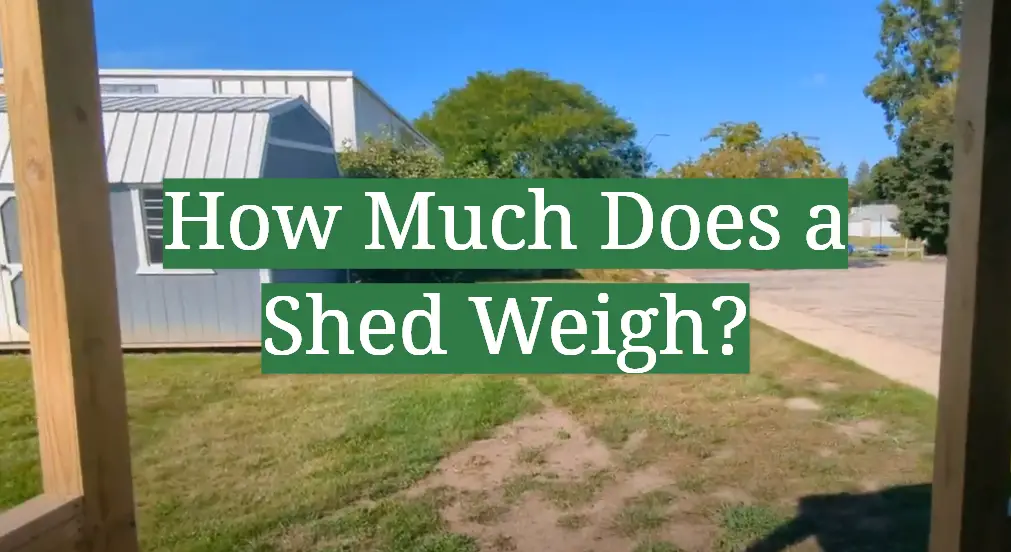
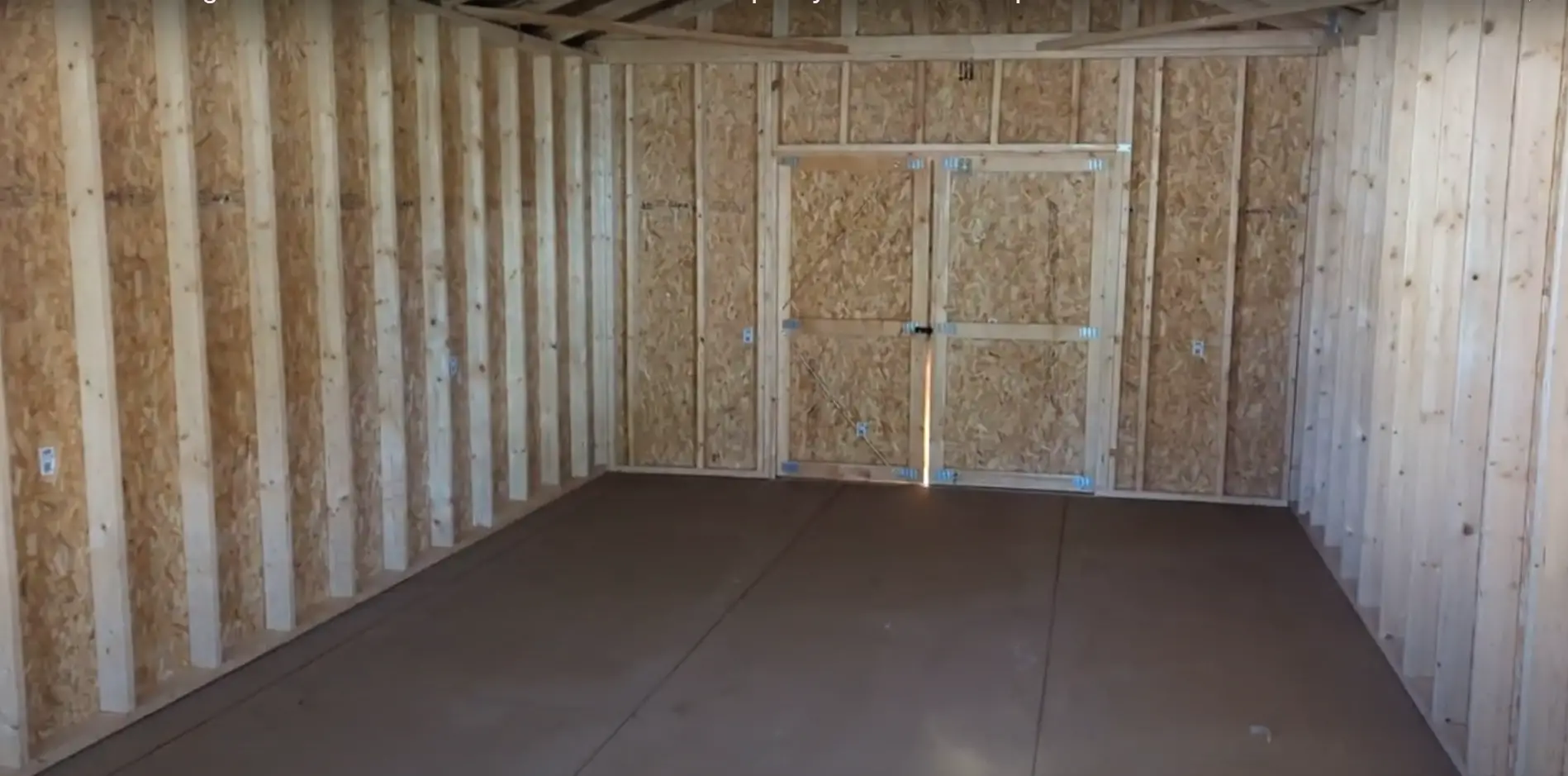





Leave a Reply
View Comments